Abductor digiti minimi muscle
Table of Contents
Description
The short intrinsic muscle is known as the abductor digiti minimi of the hand. It belongs to a group of muscles that impact the fifth finger. The muscles of the hypothenar region are the flexor digiti minimi brevis and the opponens digiti minimi.
The main actions of the abductor digiti minimi are the abduction of the fifth finger and the bending of its proximal phalanx. This muscle, together with other hypothenar muscles, produces the hypothenar eminence on the medial side of the palm.
Origin of Abductor digiti minimi muscle
Pisiform bone, the pisohamate ligament, and also the flexor retinaculum
Insertion
The ulnar side of a tiny finger at the base of the proximal phalanx
Relations
The most medial of the hypothenar muscles are the abductor digiti minimi, which are situated outside to the opponens digiti minimi muscle and along the ulnar border of the flexor digiti minimi brevis.
Innervation
The abductor digiti minimi, such as other hypothenar muscles, take the nerve supply from the deep branch of the ulnar nerve, whose root values are C8 and T1.
Blood supply
- The abductor digiti minimi receives arterial blood from the palmar digital artery, palmar branch of the ulnar artery, and branches of the ulnar side of the superficial palmar branch.
- The deep veins of the arm receive the venous blood that goes from the muscle via the venous networks of the palm.
Functions of Abductor digiti minimi muscle
- The important action of the abductor digiti minimi is to pull the fifth finger away from the fourth finger at the metacarpophalangeal joint.
- Due to its attachment to the extensor expansion of the fifth finger, this muscle also helps in the interphalangeal flexion of that finger.
- The abductor digiti minimi are essential for grabbing heavy items with outstretched fingers, like a basketball.
Clinical relevance
The abductor digiti minimi may atrophy as a result of ulnar nerve entrapment in the wrist, whilst overuse of the muscle may result in discomfort.
Atrophy of the abductor digiti minimi muscle
The term “atrophy” describes the muscle’s wasting or shrinking, which can happen as a result of injury, nerve damage, or inactivity. Depending on the underlying reason, the following treatments for atrophy of the abductor digiti minimi muscle may be used:
- Physical therapy: A physical therapist can provide workouts to help the muscle become stronger and function is improved.
- Nerve stimulation: Electrical nerve stimulation has been shown to increase muscular performance in the abductor digiti minimi muscle. Medication: To address underlying disorders that lead to muscular atrophy, medications such as corticosteroids or immunosuppressants may be utilized.
- Surgery: To restore injured nerves or muscles, surgery may occasionally be required.
- Occupational therapy: To compensate for muscle weakness and enhance everyday functioning, an occupational therapist may provide aids and strategies.
A healthcare practitioner can be approached to determine the underlying cause of the muscle atrophy and create an effective treatment strategy.
Abductor digiti minimi pain treatment
Pain in the abductor digiti minimi is the cause of the separation of the little toe from the other toes and is often brought on by overuse or tension. There are several ways to treat pain in the abductor digiti minimi.
- Rest: Take a break from painful activities and rest the injured region.
- Ice: Several times a day, 15-20 minutes of application of ice to the impacted area could assist in lessening the pain and swelling.
- Medicine for relieving pain: Acetaminophen or ibuprofen, both provided, can help reduce swelling and discomfort.
- Physical therapy: An exercise program created by a physical therapist can help muscles get stronger and decrease pain levels.
- Massage: Enhancing blood flow to an injured area and encouraging healing are the advantages of massage therapy.
- Injections: In severe cases, a physician might suggest corticosteroid injections to decrease pain and inflammation.
- Surgery: Although it is relatively rare, if other treatments do not relieve abductor digiti minimi pain, surgery may be considered.
Assessment
Instruct the patient to spread their fingers while maintaining their forearm supinated and their wrist neutral. Stop them from opening by holding them firmly.
Abductor digiti minimi muscle strengthening exercise
Isometric Exercise
- Sit straight in a chair.
- Place your affected arm on a table with your fingers straight and your palm facing down.
- Put your pointer on the tiny finger, pointed outward from your unaffected hand.
- With your opposed hand, attempt to lift your little finger away from the other two of your fingers.
- Keep your hand and forearm flat on the table throughout the whole exercise.
- With your opposed hand, attempt to push your little finger away from the rest of your fingers.
Finger abduction

- This exercise is intended to isolate the abductor’s normal range of movement by making it take control against resistance, in this case, a little resisting band or flexible band.
- For a clear understanding, have a look at the illustration.
- First, pick an elastic band that can fit your four fingers in that size.
- When the elastic band is in place, release the little finger from your other fingers and maintain your index, middle, and ring fingers as stationary as you can (some movement is expected).
- Keep a smooth and controlled motion instead of one that is strained or jerky by avoiding too much resistance.
Abductor Digiti Minimi with Band
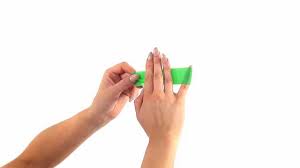
- Cut a little length of an exercise band to strengthen the abductor digiti minimi.
- Holding your hand out in front of you, tie the band’s end around your little finger.
- Hold the other end of the band.
- To apply pressure on the band, try moving your little finger away from the other fingers.
- Get returned to where you began.
- Keep a smooth and controlled motion instead of one that is strained or jerky by avoiding too much resistance.
FAQ
The long, thin Extensor Digiti Minimi skeletal muscle is situated at the back of the forearm. It is often connected to the Extensor Digitorum and is located between Extensor Digitorum and Extensor Carpi Ulnaris. Flexor Digiti Minimi is this muscle’s antagonist.
Three muscles
Along with the flexor digiti minimi brevis and abductor digiti minimi muscles, it is a part of the hypothenar muscle group. The hypothenar compartment of the hand contains all three muscles. The hand’s oponens digiti minimi muscle.
The fleshy hit at the base of the thumb is known as the thenar eminence. The eminence at the base of the fifth small finger is known as the hypothenar muscles. Muscles make up the distinctions on either side of the hand.
In the literature, opponens digiti minimi is also occasionally referred to as opponens digiti quinti. It is a triangular-shaped muscle that lies deep to the palmaris brevis, abductor minimi digiti, and flexor brevis minimi digiti. One of the three hypothenar muscles is called the ponens digiti minimi.
The intrinsic muscles of the hand contain the adductor compartment, thenar, and hypothenar eminence muscles. Their insertion and origin are situated within the carpal and metacarpal bones, and they are surrounded by the hand’s ligaments and fascia. They support the hands’ delicate motor motions.

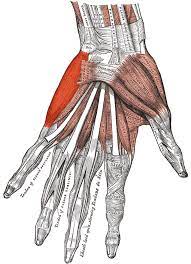
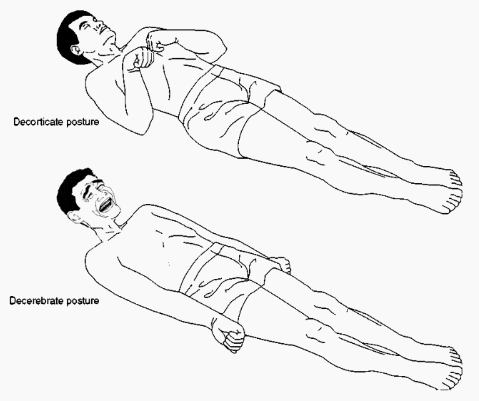
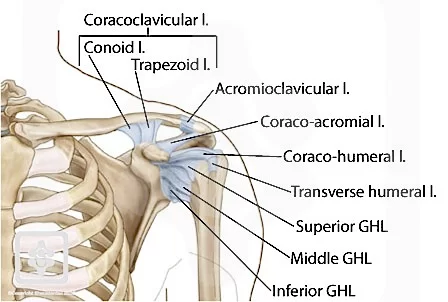

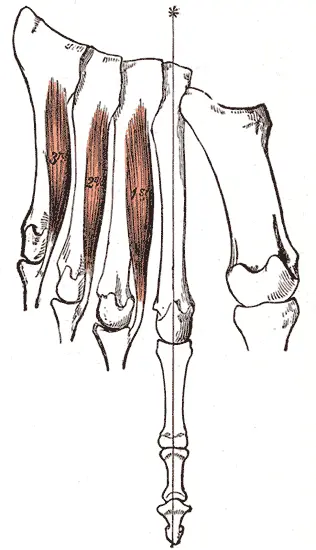

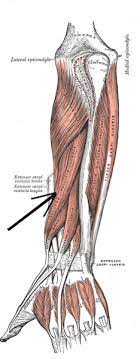
2 Comments